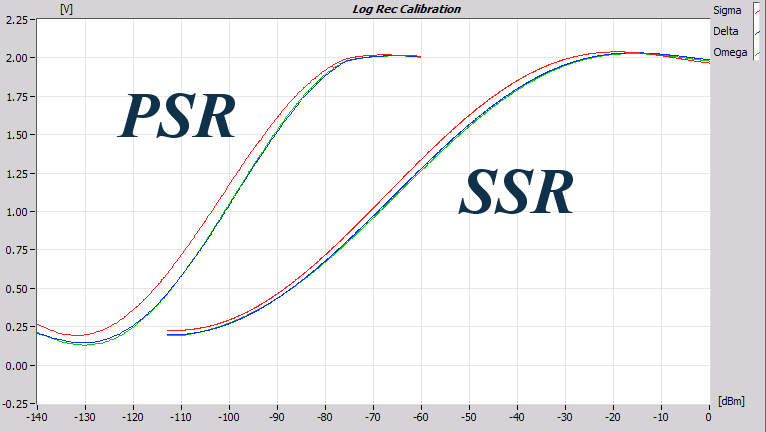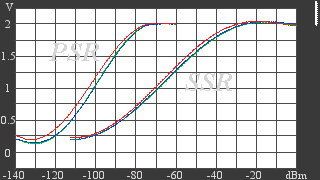What is difference between primary radar and secondary radar?
Primary Surveillance Radar (PSR) vs.
The primary radar unit has a major quality: It works with passive echoes. The transmitted high-frequency impulses are reflected by the target and then received by the same radar unit. Well, the direct cause of the reflected echo is the transmitting impulse sent out by the radar set.
Secondary Surveillance Radar (SSR)
Secondary radars work according to a
different principle:
they work with active response signals.
The secondary radar also transmits high-frequency transmission pulses, the so-called interrogation.
However, this is not simply reflected but received and processed by the target via a
transponder.
Then a
response telegram is generated and emitted with a different frequency.
Both systems have advantages and disadvantages due to the different principles. If one wins safe information about direction, height and distance of the targets with the primary radar, then the secondary surveillance radar still provides additional information, like signal identification and also the altitude of the targets.
The cooperation of the target (transponder) is necessary to reach a drastic reduction of the transmit power in case of the same maximum range. Because of the transmit power influences the radar equation at the primary radar with the two way travel, at the secondary surveillance radar only one way.
![]()
01.png)

Figure 1: Receiver calibration curves, different sensibility of primary (PSR) and secondary (SSR) radar receivers

Figure 1: Receiver calibration curves, different sensibility of primary (PSR) and secondary (SSR) radar receivers
It can be assumed a factor > 1000 as a guide value for decreasing transmitter power. From this follows a substantially simpler, smaller and cheaper transmitter. The receiver can be more insensitive since the power of the active answers is higher than the power of the passive echoes. This circumstance adversely affects, however, the influence of the side lobes. This must be compensated by using suitable measures of the sidelobe suppression.
Since the transmitting frequency and receiving frequency are different, no clutter disturbances arise. Therefore, an MTI-system is not needed for the compensation of ground clutter. On the other hand, a frequency change is impossible by jamming. Special disturbances at secondary radar equipment require additional wiring measures.
